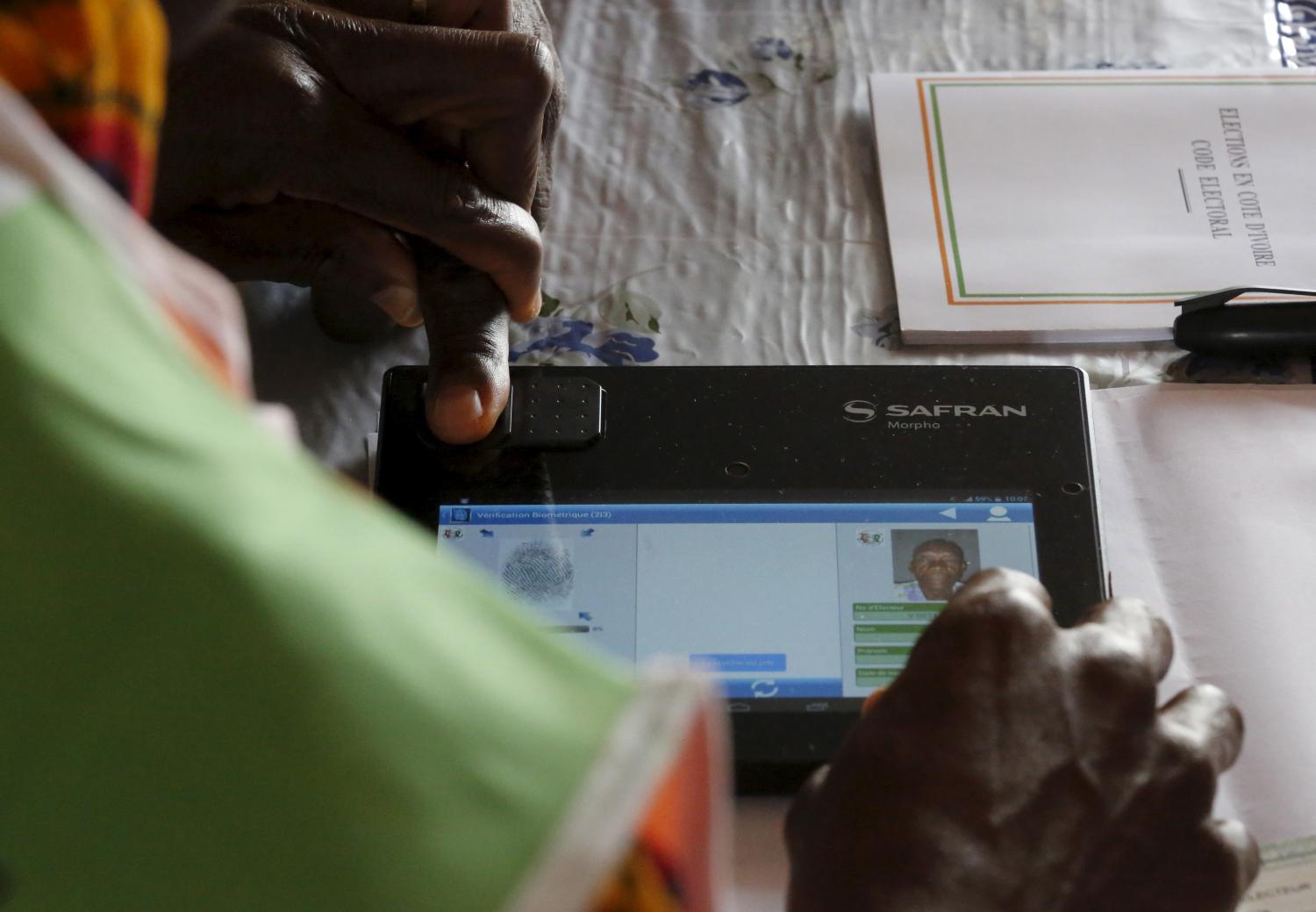Summary and approach
Digitization has the potential to create new pathways out of poverty and empower people in new ways, but it could just as easily, and perhaps more naturally, exacerbate inequalities, undermine trust in critical institutions, and erode social norms. The difference between a positive future state and a negative one will, in large part, be defined by whether digital public infrastructure is designed, implemented, and governed in service of the public good.
As the digital development community begins to coalesce around new approaches and funding models for supporting digital infrastructure for the public good, it is not only critical that a common vision exists but also that there are tools for understanding how digital technologies are supporting or hindering development goals.
To that end, this paper examines whether current measurement tools suffice in capturing the positive development impact of digital infrastructure and provide a lens through which to assess its potential downside risks. The inquiry focused primarily on payments, identity, and data exchange technologies—which together are commonly referred to as the “digital stack” and recognized as foundational components of any national digital transformation.






